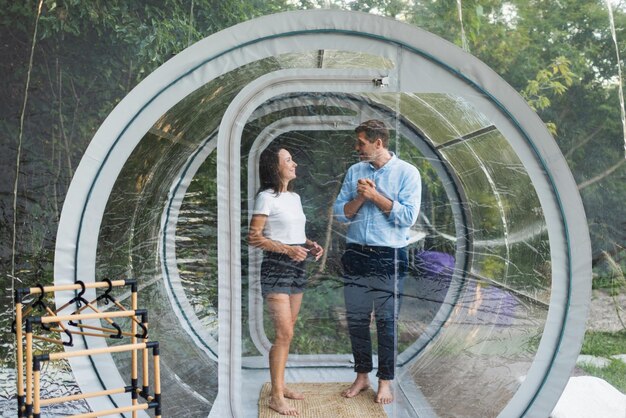
Sponsored article
In today’s world, embracing sustainability is not just a choice but a necessity. From reducing our carbon footprint to conserving natural resources, sustainable living offers a pathway to a better future. Whether you live in a cozy apartment or a spacious house, there are numerous ways to incorporate eco-friendly practices into both your indoor and outdoor spaces. This article will guide you through practical steps and innovative ideas to make your living environment more sustainable, healthier, and environmentally conscious.
Understanding the basics of sustainable living is crucial as we navigate towards a healthier and more eco-conscious future. Sustainable living involves adopting eco-friendly practices that aim to reduce our environmental impact by making mindful choices about how we live. It encompasses everything from conserving energy and water, reducing waste, choosing sustainable materials, and supporting local ecosystems. By integrating these practices both indoors and outdoors, we create spaces that not only enhance our well-being but also contribute to a healthier planet. Sustainable living is important as it helps mitigate climate change, reduces pollution, conserves natural resources, and preserves biodiversity. When we adopt eco-friendly practices, such as recycling, composting, using energy-efficient appliances, and creating natural landscapes, we actively participate in protecting our planet for future generations. Embracing sustainable living is not just about necessity; it’s about creating a harmonious balance between our lives and the natural world.
Embracing indoor sustainability involves a strategic approach to reducing the ecological footprint of your living space. Begin by investing in energy-efficient appliances that minimize energy consumption while maintaining optimal functionality. These devices not only reduce your electricity bills but also contribute significantly to lower greenhouse gas emissions. Additionally, consider furnishing your home with sustainable materials such as reclaimed wood, bamboo, or recycled metal, which offer durability without depleting natural resources. Incorporating indoor plants can further enhance air quality and create a calming, natural atmosphere. Opt for non-toxic paints and finishes to ensure a healthy indoor environment, and prioritize natural lighting to decrease reliance on artificial lighting during the day. By implementing these eco-friendly strategies, you foster a sustainable lifestyle, benefiting both your immediate surroundings and the planet. Every choice counts towards a healthier and more environmentally conscious indoor space.
Creating sustainable outdoor environments is an essential part of fostering a healthier planet and resilient communities. Sustainable gardening practices form the backbone of eco-friendly outdoor living. By choosing native plants, homeowners can cultivate beautiful landscapes that thrive naturally in their specific climate. Native plants require significantly less water and maintenance than exotic species, making them a prime choice for those committed to sustainability. In addition, employing water conservation techniques such as drip irrigation systems, rainwater harvesting, and mulching ensures that our gardens remain lush and vibrant while minimizing resource use. These methods not only conserve precious water but also enhance soil health and reduce the need for chemical fertilizers. Implementing these strategies promotes biodiversity, supports local wildlife, and ensures that outdoor spaces are both ecologically sound and aesthetically pleasing. By integrating these practices, we create outdoor areas that reflect a commitment to environmental stewardship, ultimately benefiting both the ecosystem and our well-being.